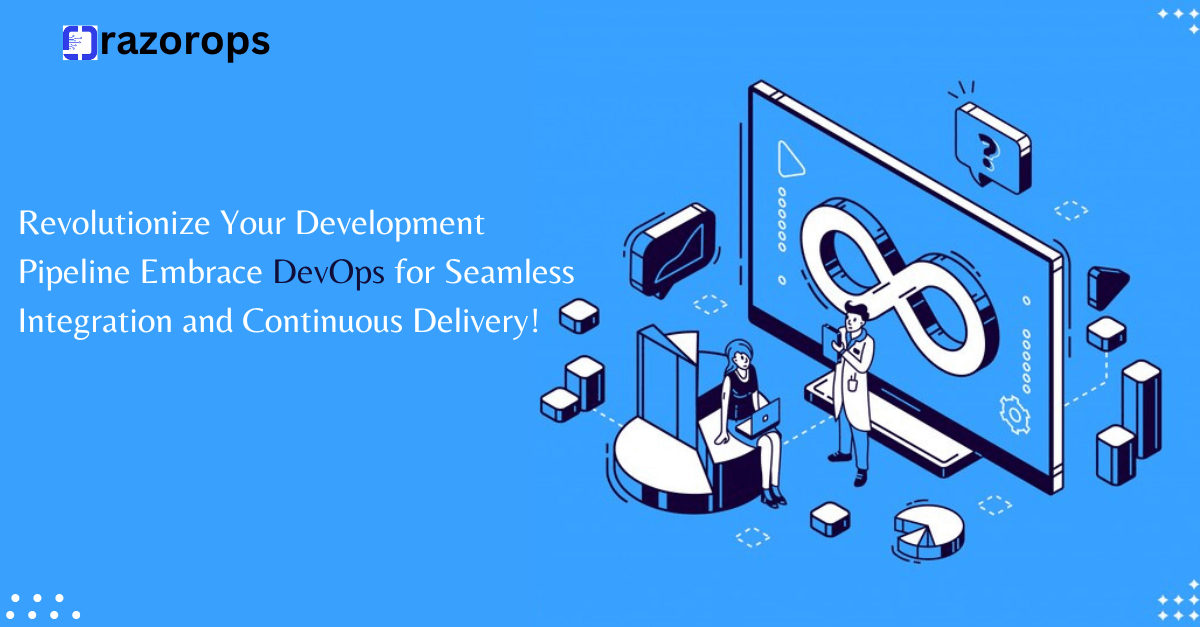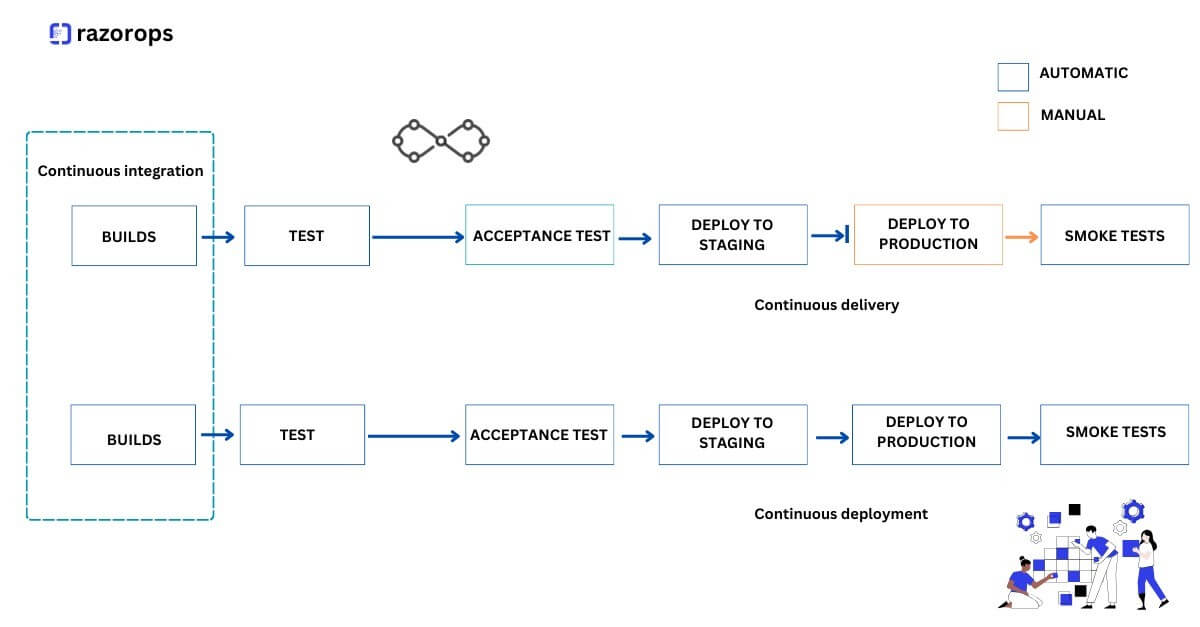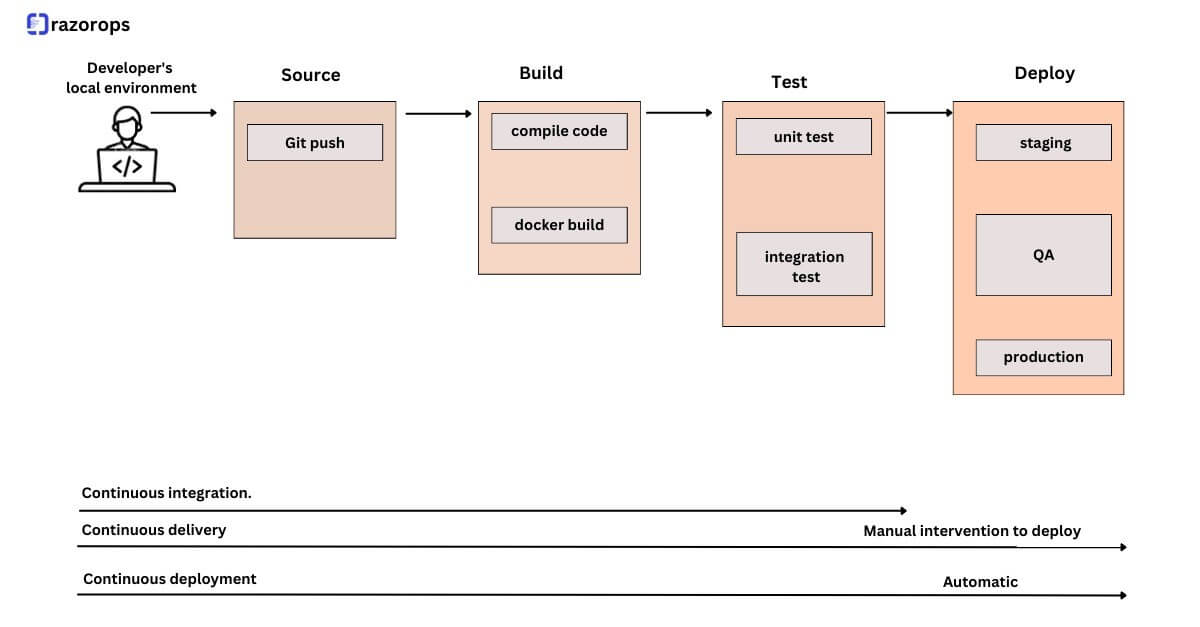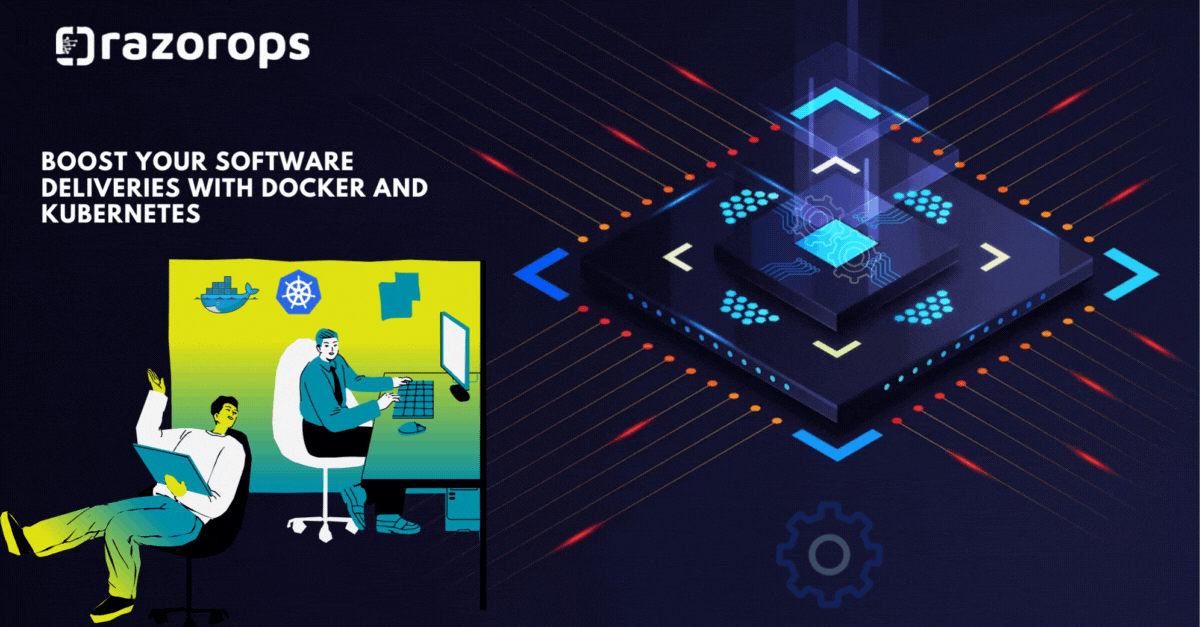The Benefits of using containerization in DevOps workflows

Software development cycles demand rapid deployment and scalability, traditional infrastructure struggles to keep pace. Enter containerization—a revolutionary technology empowering DevOps teams to streamline their workflows, enhance portability, and drive efficiency in software development and deployment.
Understanding Containerization
At its core, containerization involves encapsulating an application and its dependencies into a lightweight, standalone unit known as a container. This encapsulation ensures consistency across diverse environments, regardless of the underlying infrastructure, operating system, or cloud platform.
Key Components of Containerization:
Containers: Isolated environments containing applications and their dependencies.
Images: Immutable blueprints defining containers’ contents and configurations.
Container Orchestration: Tools like Kubernetes or Docker Swarm for managing and scaling containers.
The DevOps Impact
1. Consistency and Portability
Containerization fosters consistency across various environments—development, testing, staging, and production. Developers can package applications along with all necessary libraries, ensuring seamless portability. This consistency minimizes “it works on my machine” issues, enhancing collaboration and reducing deployment risks.
2. Enhanced Efficiency and Scalability
Containers enable the efficient utilization of resources by isolating applications. They start up quickly, scale effortlessly, and consume fewer resources compared to traditional virtual machines. DevOps teams can easily spin up or down containers based on demand, optimizing resource allocation and cost-efficiency.
3. Faster Deployment Cycles
The agility offered by containerization accelerates deployment cycles. With containers, applications can be developed, tested, and deployed more swiftly, enabling continuous integration and continuous delivery (CI/CD) pipelines. This speed translates into faster time-to-market for new features and updates.
4. Microservices Architecture Enablement
Containers perfectly complement microservices architecture, allowing teams to break down monolithic applications into smaller, manageable services. Each service runs within its container, facilitating independent development, deployment, and scaling. This modular approach enhances agility and fault isolation.
5. Streamlined Development Environment Setup
Developers no longer need to grapple with complex environment setups. Containers encapsulate dependencies, making it easy to spin up consistent development environments swiftly. This streamlines onboarding for new team members and minimizes configuration discrepancies.
6. Ecosystem Flexibility
Containerization is ecosystem-agnostic, supporting various programming languages, frameworks, and tools. DevOps teams can choose the best-suited technologies for their applications without worrying about compatibility issues, fostering innovation and experimentation.
Containerization within DevOps workflows heralds a paradigm shift in software development and deployment. Its ability to drive consistency, efficiency, agility, and scalability empowers organizations to meet the ever-evolving demands of modern-day software development. Follow RazorOps Linkedin Page Razorops, Inc.








